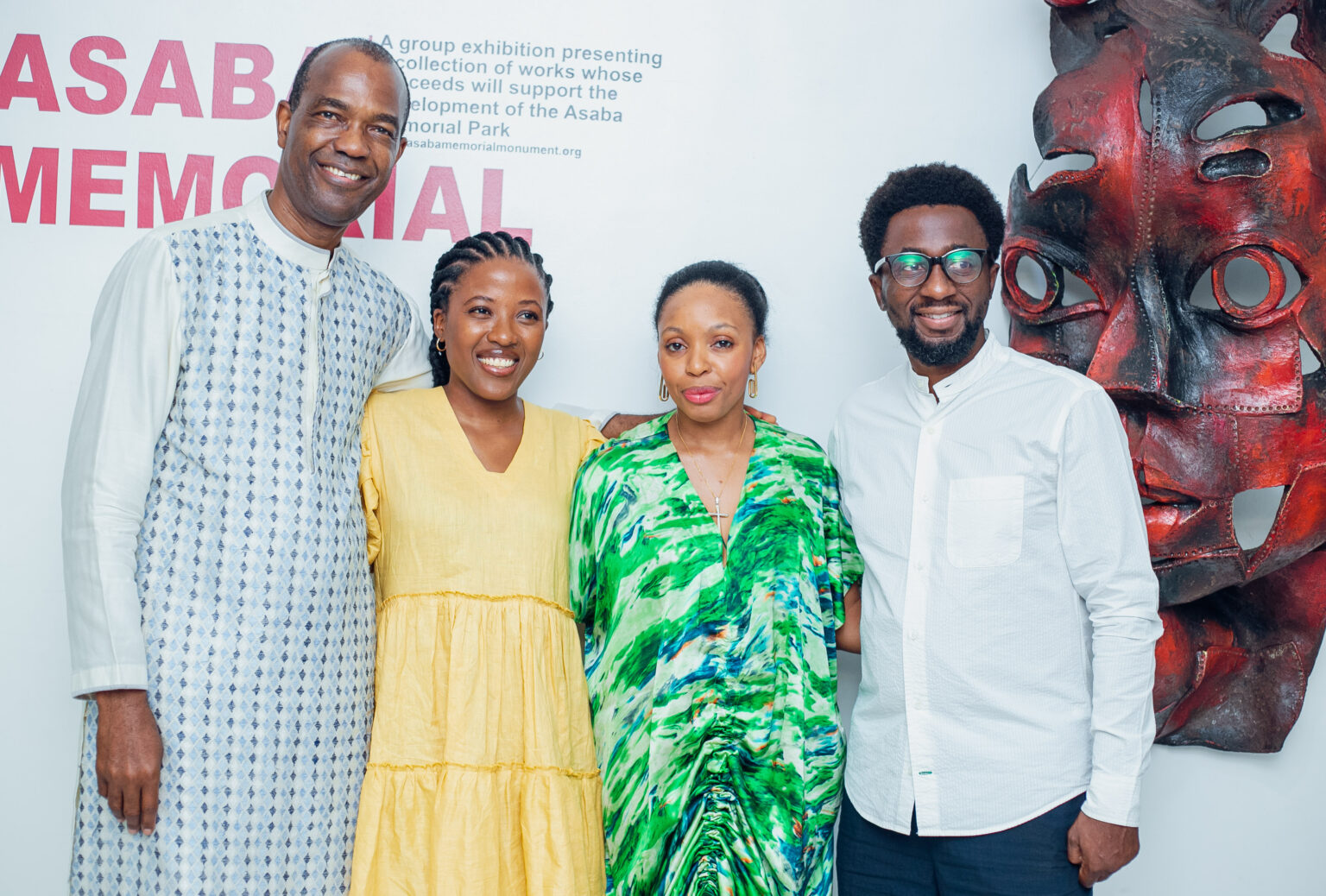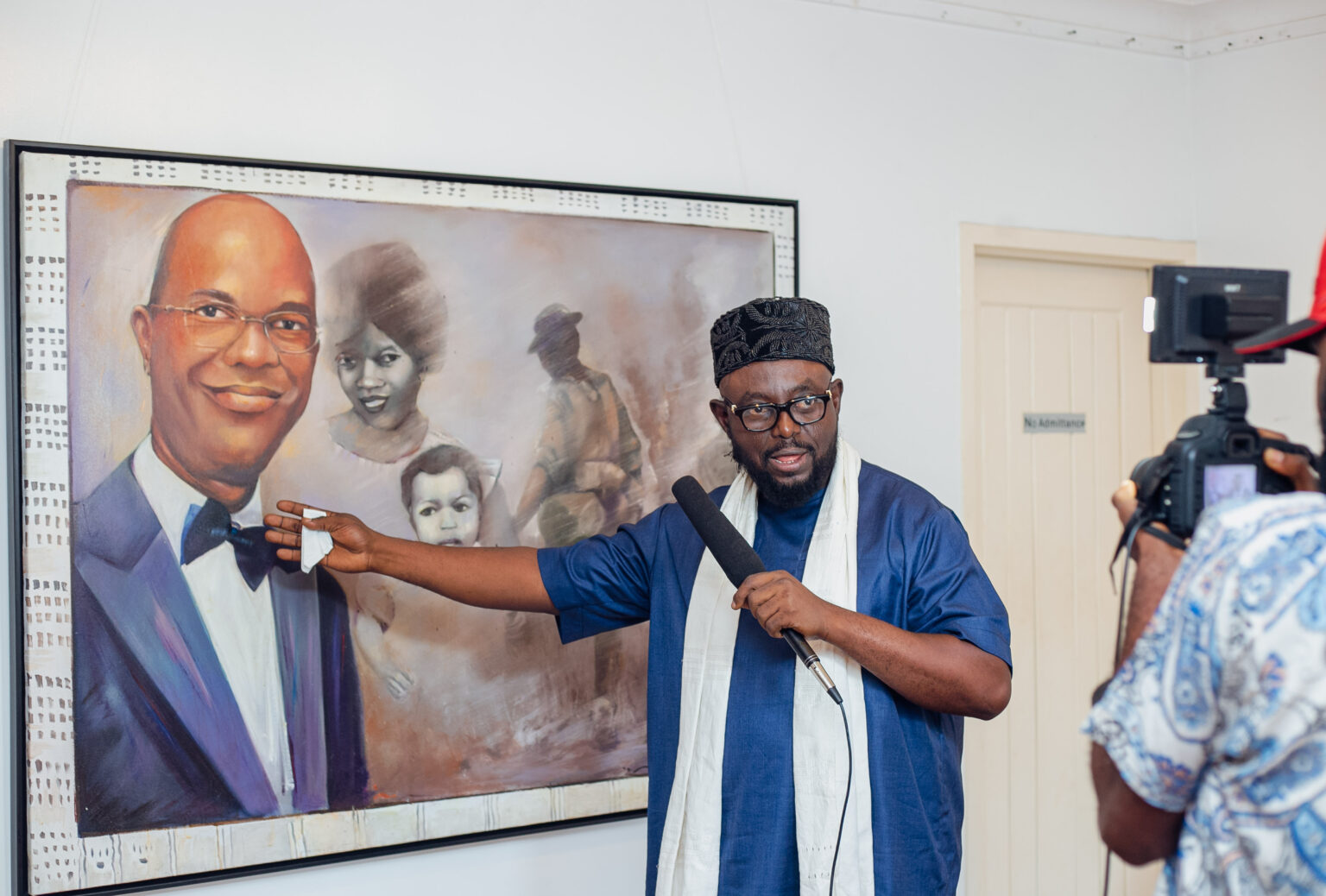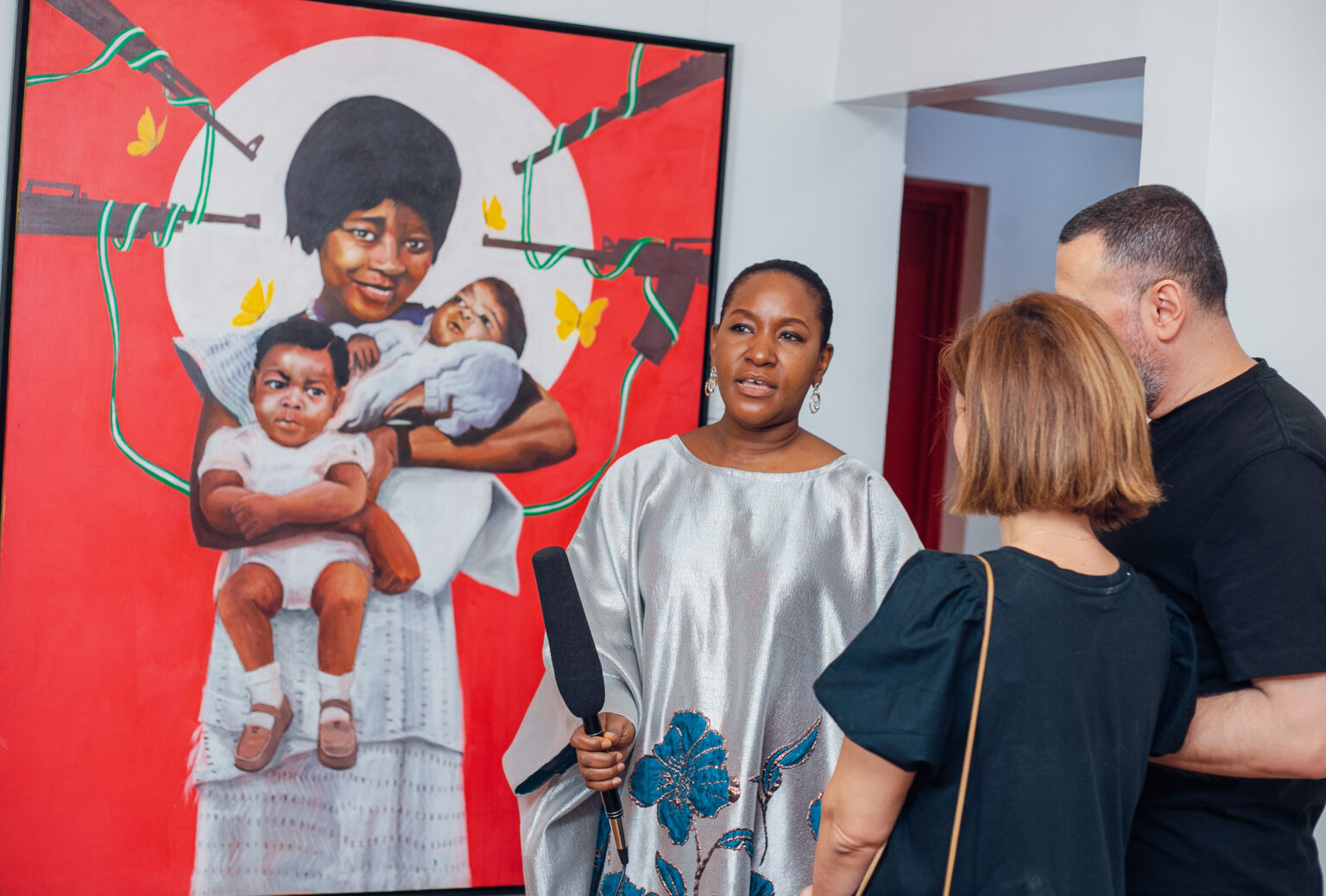From empowerment to finding one’s inner self, telling meaningful stories to sending powerful messages, art has served many functions throughout history. They also Commemorate important events of any kind connecting us with the chain of humanity that stretches back for millennia, making human life more significant and valuable. With the use of visual imagery, art plays a significant role in forgotten stories in History and also serve as a way the coming generation can understand the feelings behind those events.

Image courtesy of Asaba Memorial Monument
To commemorate the tragic events of the notorious Asaba Massacre in 1967, an exhibition showcasing a captivating selection of works by Nigerian artists which provoke awareness and recognition of the tragic event in Nigeria’s history opened on November 27th and ended on December 7, 2022, at the Red Door Gallery, Victoria Island Lagos, as a fundraising initiative.
Curated by Otsholeng Poo, the “Asaba Memorial”, aims to inspire remembrance and communal healing through art. It held to support the development of the Asaba Memorial Park – a cultural monument being planned in honour of the victims of the Asaba, Delta State massacre of 1967. A thousand trees will be planted in honour of the 1000 men killed in October 1967 in an open square at Ogbe-Osowa village and separate locations.
This part of Nigeria’s history started on October 4, 1967, when Nigerian federal troops entered Asaba, the Niger River town that was then part of Nigeria’s Midwest Region. The war over the secession of the predominantly Igbo Eastern Region, renamed Biafra, had broken out in July; in August, the Biafran army had advanced across the Niger Bridge and progressed through the Midwest, headed for Lagos. Over 1,000 unsuspecting indigenes of Asaba, the present capital city of Delta State, were massacred 53 years ago by the Federal troops during the Nigerian civil war which lasted for about three years.

The visual narrative on the Asaba massacre offers a rare insight into the incidence that has long become one of the darkest part of the country’s history. It covers the emotional complexities of a forgotten peaceful community with compelling stories on the trajectory of the horror and the growing realisation of the extent of the massacre during the Nigerian civil war. The exhibition also simultaneously critiques the government’s and global communities’ inaction to the atrocities that took place and questions commonly held assumptions about the massacre. It further challenges visitors to consider the responsibilities and obstacles faced by those who survived ― from the young widows, women and children to soldiers ― who made difficult choices, to effect change and sometimes, took significant risks to help victims on that fateful day.
Produced by A Whitespace Creative Agency the works include “In Memoriam”, a monumental canvas piece with the names of some of the victims by Kanye Okeke, a 12-year-old artist who created this work for this show and Victor Ehikhamanor’s Black Peace (2022), part of the series which was featured as the book cover of Elizabeth Bird and Fraser Ottanelli book titled The Asaba Massacre: Trauma, Memory, and the Nigerian Civil War.
Also on view was a body of work donated by Enotie Ogbebor, the son of a senior military officer in the Nigerian army who provided an eye-witness account of the atrocities that occurred in Asaba and renowned fashion designer Ade Bakare’s “Ogbueshi – a Guipure cotton lace with red paint and soil that depicts the fate of Chief Mariam Babangida’s father – Late Ogbueshi Leonard Nwanonyei Okogwu, who was to give the welcome address to the soldiers on behalf of the Asaba community on that fateful day. In addition, Ben Enwonwu’s 1967 painting about the Civil War, War Dreams and Ben Onobrakpeya’s 1972 painting, Ayo Players, are among the collection’s oldest works.

About the Gallery –
Located on Bishop Oluwole Street in Victoria Island, Lagos, Red Door Gallery provides a platform for artists to express their creativity with no societal boundaries. Red Door Gallery serves the entire Art value chain. Ranging from collector consulting/advisory to valuation, restorations, private & public commissions, art classes and exhibitions.


